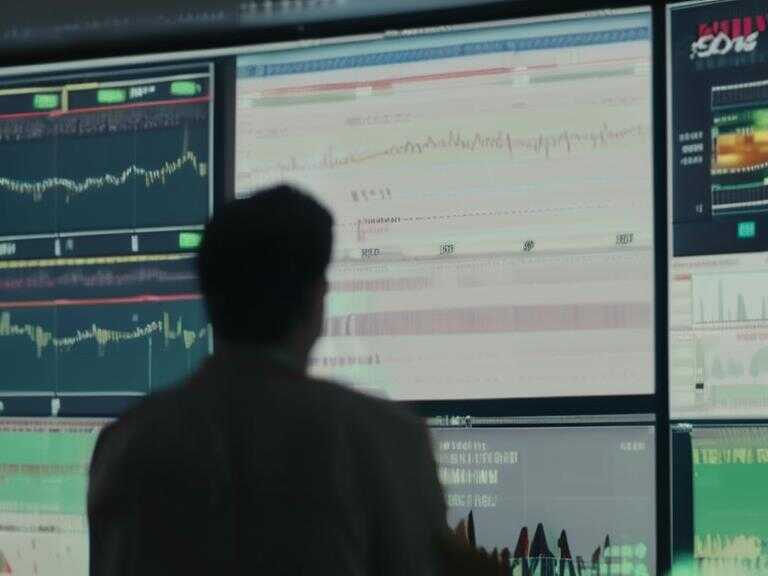
U.S. Manufacturing Slowdown in August Raises Economic Concerns and Rate Cut Expectations
U.S. manufacturing contracted in August, fueling economic concerns and a potential interest rate cut, as demand and output remained weak.

In August, the slowdown in U.S. factories deepened, raising concerns about the economic trajectory, as evidenced by contrasting manufacturing indicators. The Institute for Supply Management's monthly survey indicated that only 47.2% of purchasing managers reported expansion, remaining below the 50% threshold. Although slightly better than July's 46.8%, it fell short of the Dow Jones consensus of 47.9%.
ISMs Findings
Timothy Fiore, chair of the ISM Manufacturing Business Survey Committee, stated, "While still in contraction territory, U.S. manufacturing activity contracted slower compared to last month. Demand continues to be weak, output declined, and inputs stayed accommodative. Demand remains subdued, as companies show an unwillingness to invest in capital and inventory due to current federal monetary policy and election uncertainty." Despite the contraction indicated by the index level, Fiore emphasized that readings above 42.5% generally signal expansion across the broader economy.
Market Reactions
The worse-than-expected reading triggered further market turmoil, leading to an 8.5% decline in the S&P 500 before a partial recovery. Following the ISM release, stocks continued to decline, with the Dow Jones Industrial Average dropping nearly 500 points. The weak economic data increased the likelihood of the Federal Reserve implementing a rate cut of at least 25 basis points.
In response to the ISM report, traders heightened the odds of a more aggressive half-point reduction to 39%, as per the CME Group's FedWatch measure. The employment index edged higher to 46%, while inventories rose to 50.3%. Regarding inflation, the prices index nudged higher to 54%, potentially influencing the Fed's decision on the magnitude of the anticipated rate cut.
S&P PMI Findings
The ISM findings were corroborated by another PMI reading from S&P, which revealed a decrease to 47.9 in August from 49.6 in July. The S&P employment index experienced its first decrease this year, while the input cost measure surged to a 16-month high, indicating that inflation remains a concern, albeit well below its mid-2022 peaks.
Share news















